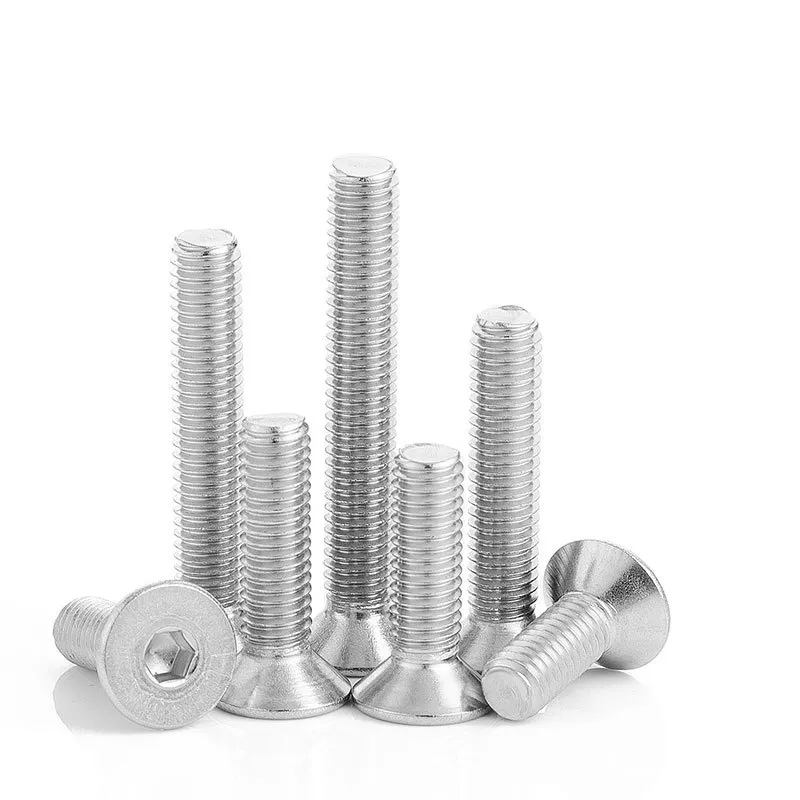

Choosing the Right Self-Tapping Screws for Efficient Ductwork Installation and Repair
ডিসে. . 11, 2024 10:04 Back to list
Choosing the Right Self-Tapping Screws for Efficient Ductwork Installation and Repair
Self-Tapping Screws for Ductwork An Essential Tool for HVAC Professionals
In the rapidly evolving world of construction and HVAC (Heating, Ventilation, and Air Conditioning) systems, the significance of quality materials and efficient tools cannot be overstated. Among these tools, self-tapping screws have emerged as a crucial element for fastening ductwork effectively. This article delves into the benefits of using self-tapping screws in ductwork installation, addressing their functionality, types, and best practices for use.
Understanding Self-Tapping Screws
Self-tapping screws are specially designed fasteners that can create their own hole in the material they are driven into. This feature is particularly advantageous in ductwork installations where metal sheets and other materials are commonly used. Unlike traditional screws, self-tapping screws can effectively penetrate and secure themselves within the material without the need for pre-drilling. This not only saves time but also minimizes the potential for error during installation.
Types of Self-Tapping Screws
When it comes to ductwork, there are several types of self-tapping screws available on the market, each suited for specific materials and applications
1. Sheet Metal Screws These are the most common type used in ductwork. They are designed for fastening thin sheets of metal together and can penetrate a variety of metal gauges.
2. Plated or Coated Screws To prevent rust and corrosion, particularly in environments where moisture is present, many self-tapping screws are coated with zinc or other protective materials. This enhances their durability and prolongs the lifespan of the installation.
3. Self-Drilling Screws Often used for heavier gauge metal, self-drilling screws come with a built-in drill bit that allows them to penetrate deeper materials without the need for pre-drilling.
4. Sheet Rock Screws While primarily used for drywall, these screws can also serve in ductwork installations where additional insulation or coverings are applied.
Advantages of Using Self-Tapping Screws in Ductwork
1. Time Efficiency As mentioned earlier, the ability of self-tapping screws to create their own hole means that installation is significantly faster. Installers can work more efficiently, ultimately reducing labor costs and project timelines.
self tapping screws for ductwork

2. Strong Connections Self-tapping screws provide a tight and secure connection, essential for ductwork where air leakage can lead to energy inefficiency and increased operational costs.
3. Versatility These screws can be used in various materials, making them suitable for diverse HVAC applications. Whether working with ductboard, galvanized steel, or aluminum, there is likely a self-tapping screw designed for the job.
4. Reduced Risk of Damage Unlike traditional screws that require pre-drilling, which can sometimes lead to cracks or splitting in the material, self-tapping screws minimize this risk by directly cutting through the metal.
Best Practices for Use
While self-tapping screws offer many advantages, there are best practices that HVAC professionals should follow to ensure optimal performance
1. Choose the Right Screw Always select a screw that is appropriate for the specific metal gauge and the application. Using a screw that is too long or too short can lead to installation failures.
2. Maintain Consistent Torque It is essential to apply consistent torque while driving the screws to avoid stripping the threads or damaging the material. Using an electric screwdriver with adjustable torque settings can help achieve this balance.
3. Inspect for Rust Prevention In environments prone to moisture, regularly check the screws for signs of rust and corrosion. Replacing any corroded screws promptly can prevent further damage to the ductwork.
4. Follow Code Regulations Always adhere to local building codes and regulations when installing ductwork. This ensures safety and efficiency in the HVAC system.
Conclusion
Self-tapping screws are undoubtedly an indispensable tool for anyone involved in ductwork installation. Their unique design, coupled with the numerous advantages they offer, makes them a preferred choice for HVAC professionals. By understanding the different types available and following best practices, installers can achieve high-quality, efficient, and durable ductwork systems that meet the demands of modern HVAC applications. In a field where precision and reliability are paramount, self-tapping screws should always find a place in every installer’s toolkit.
Latest news
-
Premium Fasteners Manufacturer | AI-Driven Solutions
NewsAug.01,2025
-
Hot Dip Galvanized Bolts - Hebei Longze | High Strength, Corrosion Resistance
NewsAug.01,2025
-
High-Strength Hot Dip Galvanized Bolts - LongZe | Corrosion Resistance, Custom Sizes
NewsAug.01,2025
-
Best Self Tapping Screws for Drywall - Fast & Secure Installation
NewsJul.31,2025
-
High-Strength Hot Dip Galvanized Bolts-Hebei Longze|Corrosion Resistance&Customization
NewsJul.31,2025
-
Hot Dip Galvanized Bolts-Hebei Longze Metal Products|Corrosion Resistance&High Strength
NewsJul.31,2025

